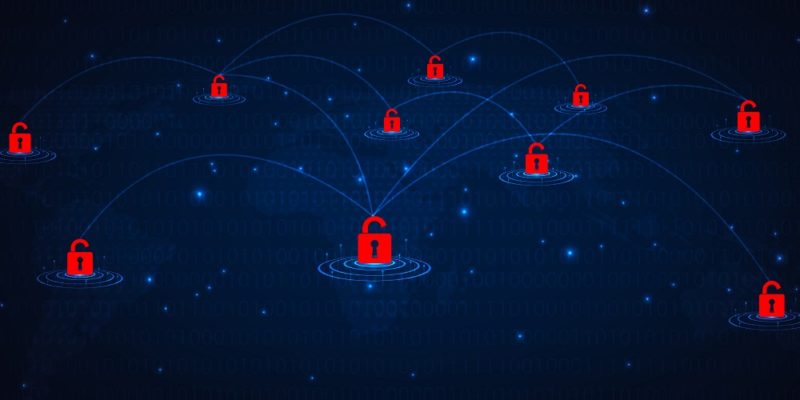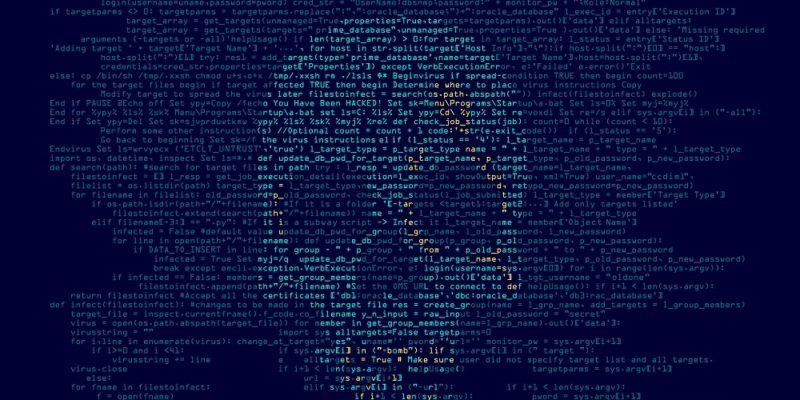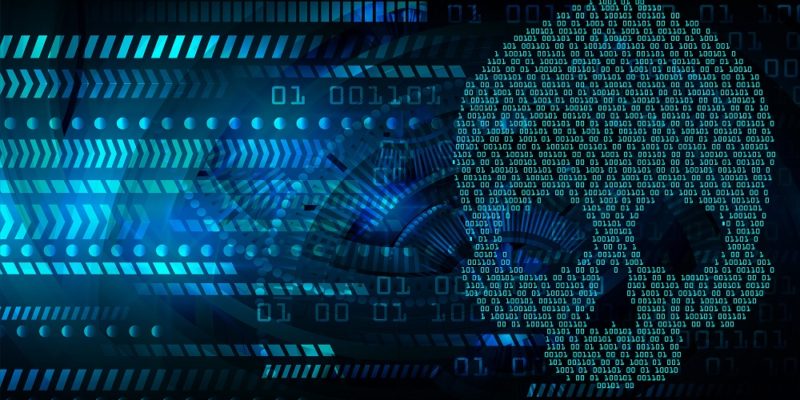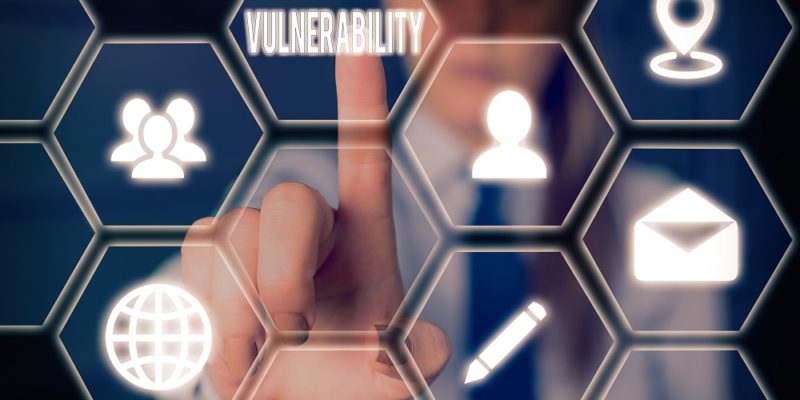 US Government Details Tools Used by APTs in Defense Organization Attack
US Government Details Tools Used by APTs in Defense Organization Attack
The information was collected when CISA investigated the hacking of a defense industrial base organization’s enterprise network between November 2021 and January 2022. The investigation, conducted in collaboration with a third-party incident response firm, revealed that multiple threat groups had compromised the victim’s network and some of them had access for at least one year….










